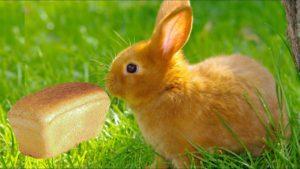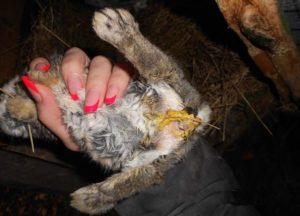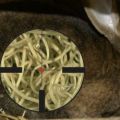Symptoms and treatment of ear diseases in rabbits at home
The ears are considered a vulnerable spot in the rabbit's body. The reasons for the appearance of diseases, ear infections in rabbits can be different. In order to notice the disease in time, you need to monitor the health of the pets. It is important to have an idea about the symptoms of common diseases, about the rules of first aid. It is necessary to deal with the prevention of infections.
Possible ear diseases in rabbits
Diseases can be divided into infectious (tick-borne invasion) and non-infectious (otitis media, mechanical damage). The most common are several diseases:
- with ear scabies (otodectosis), the auditory canals are affected. The causative agent of the disease is the round-shaped Otodectos mites, 0.32-0.75 mm in size. If the parasite is not neutralized in time, pus is formed, flowing into the inner ear cavity. The infectious process spreads to the middle and inner ear, the meninges. Otodectosis often affects rabbits older than 4 months;
- purulent otitis media is caused by bacteria, fungal infections. The inflammatory process develops behind the eardrum. A neglected disease leads to its destruction. A lethal outcome is inevitable when the infection spreads throughout the body;
- rabbits over two months of age suffer from psoroptosis. The Psoroptes mite affects the inner surface of the ears, the auricles. Without treatment, the inflammatory process spreads to the neck, passes to the middle, inner ear and causes a further complication in the form of meningitis.
Wearers may also experience bleeding caused by scratching. The damaged area is treated with hydrogen peroxide and burned with alcohol, iodine. To prevent inflammation, the wound is lubricated with an antiseptic ointment.
The main symptoms
It is difficult for the owner to diagnose a sick pet on his own due to the similar symptoms of some diseases. The most common signs of infection in pets are:
- the rabbit rubs its ears on the grill, other surfaces;
- the animal loses appetite, lethargy appears;
- the pet holds its head unnaturally, the ears are in a lowered position;
- when the ears hurt, the behavior of the rabbits shows nervousness, the animal refuses to go into the arms, loses orientation;
- there are frequent cases of ear swelling, the appearance of purulent discharge.
With psoroptosis, small bumps appear inside the ears, which burst over time. Scabs are formed. When scratching, the crust mixes with the blood, blocking the ear canal.
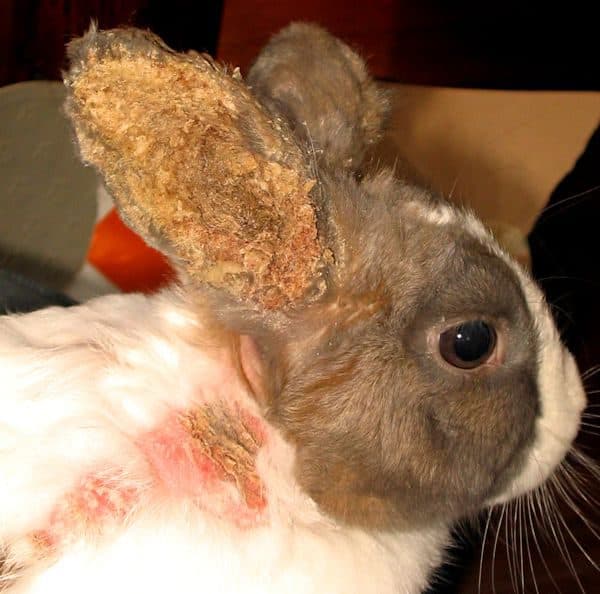
With purulent otitis media, discharge, an unpleasant odor are observed. The animal shakes its ears, can bump into objects or constantly fall. Keeps the head in a tilted position.
Falling ears can be caused by mechanical trauma or various diseases: otitis media, ticks, a foreign object. If an object gets into the ear, it is removed with tweezers.
Diagnostic methods
Caring for a rabbit involves constant examination of the animal. Especially carefully the pet is examined with atypical behavior. The condition of the ears is assessed visually: they check the integrity of the skin, the presence of secretions, ulcers. Check for seals by touch.
Only laboratory tests will make it possible to make a more accurate diagnosis. If you suspect the presence of mites, take a scraping from the inside of the ear. Experienced owners sometimes check for parasites at home. To do this, a scraping is also made from the inside of the ear, and the material is placed in petroleum jelly heated to 40-45 ° C. Using a normal magnifying glass, you can see the parasites.

Rules for treating rabbits at home
To cure the pet, the owners use both chemical preparations and traditional medicine.
Medication
Antibiotics are used to treat purulent otitis media. A good result is observed when using "Chloramphenicol", "Bicillin". Ciprofloxacin is also used to treat otitis media of the inner ear. The course of treatment usually lasts about one and a half months.
To rid the animal of ear mites, local treatment in the form of ointments is prescribed. First of all, the skin is cleaned of crusts and scabs by lubricating the damaged areas with the Psoroptol spray. With a strong spread of the disease, the veterinarian may prescribe subcutaneous injections of the drug "Baymek", drops "Dect".
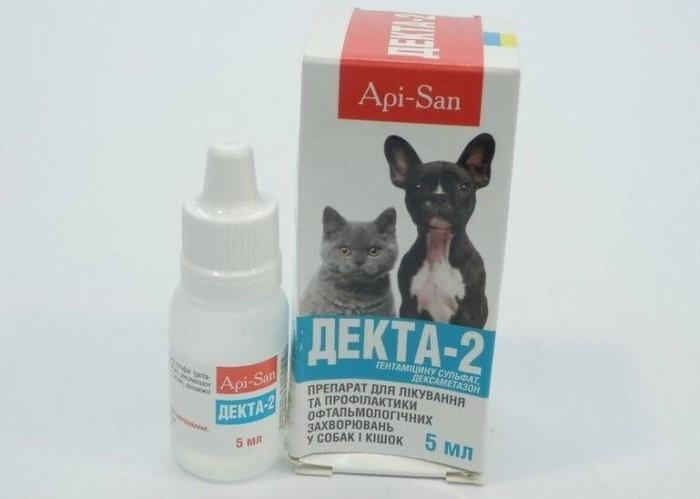
It is also effective to use aerosols in the treatment of psoroptosis. A solution containing chlorophos, neocidol, sulfidophosis and cyodrin is sprayed from a distance of 15-20 cm for several seconds. In this case, it is necessary that the medicine gets on the inner side of the auricle, and the eyes, nose and mouth of the animal are closed.
Folk remedies
Such methods of treatment are effective in the initial stages of diseases. If pets are affected by ticks, you can irrigate the affected ear areas with camphor oil. The substance is drawn into a syringe without a needle and the skin is carefully treated. You can also use turpentine.
It is folk remedies that allow you to gently remove crusts and scabs from the skin surface. A common recipe: glycerin is diluted with iodine in a 4: 1 ratio and the crusts are lubricated once a day (2-3 days). Thanks to iodine, sores are also disinfected. You can also use a mixture of glycerin, kerosene and vegetable oil, taken in equal parts.
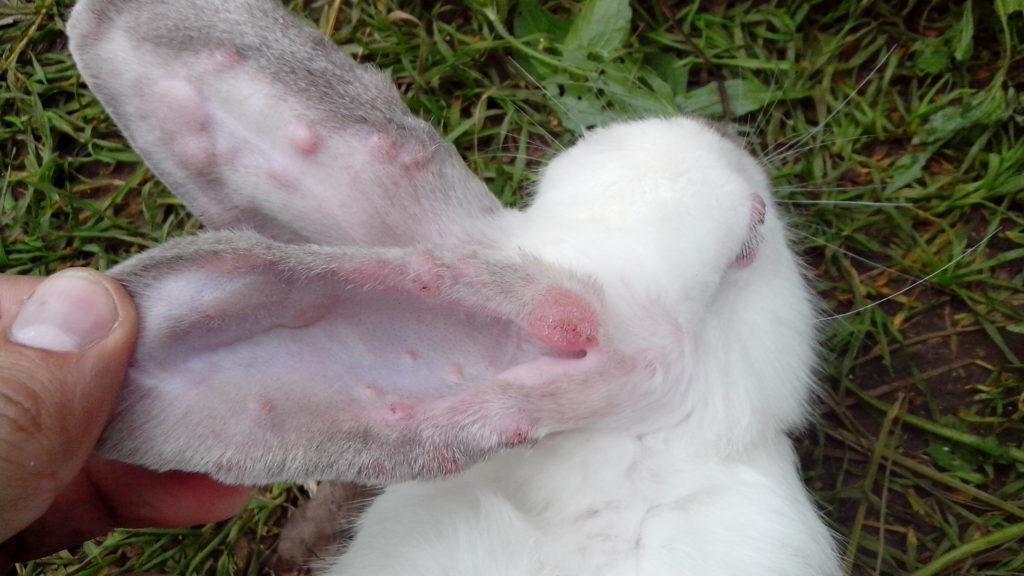
Preventive measures
Rabbits are considered hardy animals. On farms, animals are kept in closed rooms or cages installed outside. Pets feel good in any conditions, but you need to provide protection from drafts and dampness. To prevent mechanical trauma to the ears, check the integrity of the cells, the absence of damage. No foreign things, boards with nails are kept in the cages. Cages made of metal should not have sharp protruding parts.
An important care procedure for rabbits is periodic cleaning of ear canals from wax. Otherwise, sulfur clogs the channels, provoking the appearance of infections and the development of diseases.
Rabbit ears are very sensitive. Animals experience severe pain when pulled or lifted by the ears. Such actions can lead to rupture of ligaments or provoke respiratory failure.In order not to injure the ears, even small decorative rabbits should not be lifted in this way.
It is important to regularly clean the animal's cage, change the litter. To prevent the occurrence of diseases, the place where pets are kept is disinfected. For preventive purposes, disinfection is carried out 1-2 times a month. A 1% bleach solution is used to wash the cells. Wooden crates can be treated with boiling water. For disinfection purposes, metal elements are heated (as an option - with a blowtorch).
Thanks to the right conditions of detention, diseases of pets can be prevented. Regular ear examination is also an important preventive measure. If the animal is sick, and there are doubts about the diagnosis, you should contact your veterinarian.
